Leisure & Culture
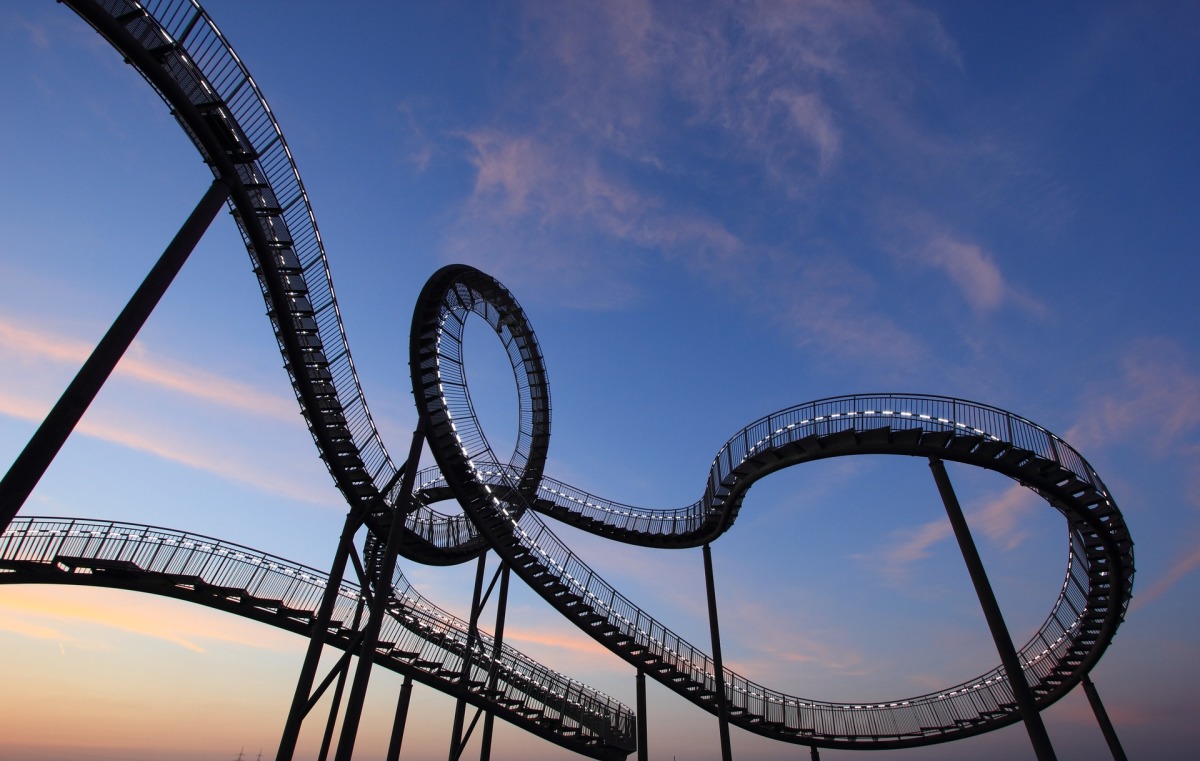
The Ruhr Area
The cities of Duisburg and Essen are situated right in the middle of the Ruhr Area. With more than five million inhabitants and an area of about 4,435 square kilometres, the Ruhr Area – or simply "the Ruhr" – is one of the largest metropolitan areas in Germany and the fifth largest in Europe. It takes its name from the Ruhr River, a 219-km-long right tributary of the Rhine River. In the last years of the 18th century, the Industrial Revolution in Germany started in the region along the Ruhr River, where coal was deposited close to the earth's surface.
With the decline of the mining industry, the Ruhr Area has undergone wide-ranging structural change which has brought about transformations, particularly in infrastructure, the economy, technology and culture. Today, the region can boast a range of cultural activities unparalleled in Europe: more than 200 museums as well as theatres, musical events, art exhibitions and industrial heritage sites.
Cultural Offers in the Ruhr Area
The region's cultural appeal and diverse urban landscape were recognised by the European Union in 2010 when Ruhr Metropolitan Area, spearheaded by Essen, was granted the honour of being the European Capital of Culture (European Capital of Culture 2010). After the deconstruction of the industry, it was an important concern to make the Ruhr Area greener again. As the award Green Capital of Europe (2017) for the city of Essen shows, this was successful.
On the Ruhr Tourism website you can read more about the Ruhr Area as a favourite place to visit and upcoming events in the region.
In addition to the numerous big companies and small and medium-sized enterprises that have traditionally made the Ruhr their home, the area is now a prime location for research centres and their spinoffs as well as for technology parks with close ties to companies representing a broad commercial and industrial spectrum. The Ruhr Area has the densest university landscape in Europe with a total of 256.000 students.
Nowhere else in Europe will you find such a concentration of art, industrial architecture and culture as well as opportunities for entertainment, sports and shopping. There are all kinds of cultural activities and due to short distance and a good system of public transport (see "Public Transport & Mobility") it is easy to get from one place to another.
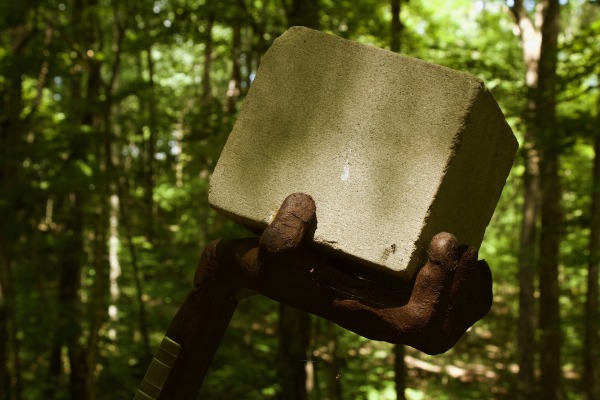
Sculpture Park Waldfrieden
The Sculpture Park Waldfrieden is situated above the Wupper valley in the Christbusch woodland between the town centers of Elberfeld and Barmen. A beautiful park area of twelve hectare is combined with sculptures by Tony Cragg. There are permanent and special exhibitions. Opening hours vary depending on the season – Prices: Day ticket 12€ per person. Group tours are also available in English, French, Italian and Spanish (100€).
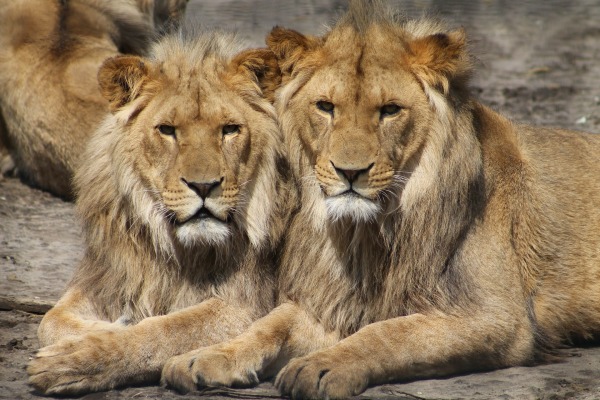
Zoom Erlebniswelt Gelsenkirchen
"Zoom Erlebniswelt" in Gelsenkirchen is the redesigned former Ruhr-Zoo. It provides fun and enjoyment for the whole family, has a petting zoo and is divided into four areas: Alaska, Africa, Asia and Grimberger Hof. The “Erlebnisexpedition” (adventure expedition) is a 90-minute tour that offers a behind the scenes glimpse of the zoo. Here you may find different events every other week. Admission fee for adults: 15.50-21.50€
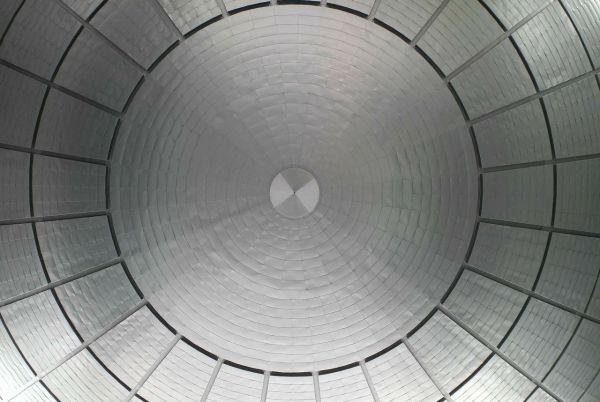
Zeiss Planetarium Bochum
The „Zeiss Planetarium Bochum“ was opened in 1964. Since then it has been one of the most modern planetariums of its kind worldwide. Underneath the 20m diameter dome there is enough space to seat 260 people. A projector projects the picture of a starry night sky on the domed ceiling, so that visitors have the impression of being under the real night sky. Around the projection hall there is a circumferential walkway with permanent and temporary exhibitions. Also, the planetarium has a variety of astronomy shows. Admission fee: 8,50€.
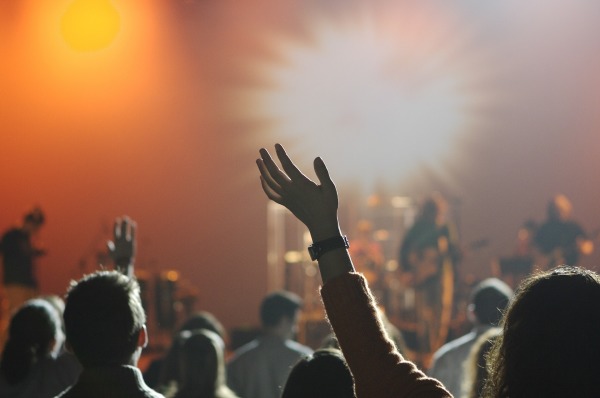
Dates and Events
The search engine www.meinestadt.de permits the active search for daily activities of all kinds. The Ruhr Guide (www.ruhr-guide.de) expands the search beyond city boundaries. The following website can be consulted for theatre programmes, concert halls, or special historical sites: www.ruhrlink.de.
In addition, in cafés and pubs numerous free activity calendars and monthly magazines (Coolibri, Heinz) report on new restaurants, small art exhibits and large parties and events.
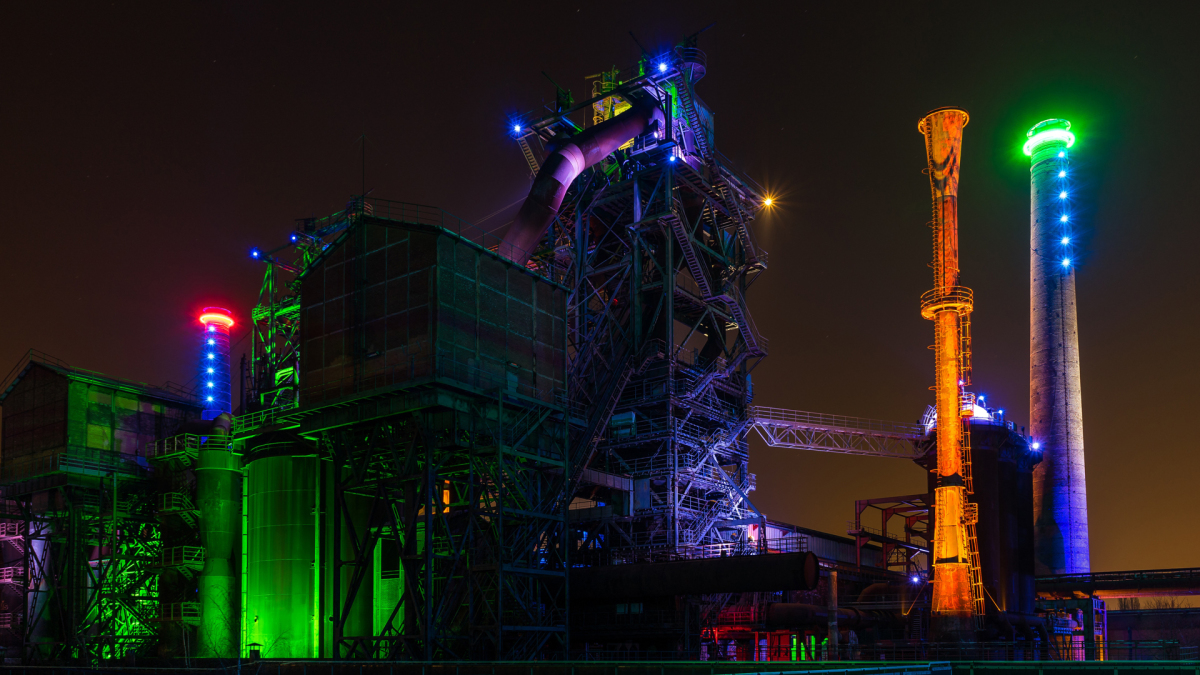
Duisburg
As a city on the water, including the Rhine River, the Ruhr River, the Rhine-Herne Canal and several lakes, Duisburg is not only the largest inland port in Europe but also a centre for recreational activities in and around the water. The harbour itself, rebuilt to include the so-called ‘gastronomic mile’, plus the former smoky and dusty coal mining grounds now converted into an adventure park in the Landschaftspark Nord (‘Landscape Park Duisburg Nord’), embodies the marvellous transformation of a contemporary Ruhr Area city. Numerous museums and the Duisburg Zoo have made Duisburg one of the area’s most popular excursion sites, frequented not only by foreign tourists but by native residents in and outside the area.
Tourist Information Duisburg
Königstr. 86
47051 Duisburg
Phone: 0203 285 44 0
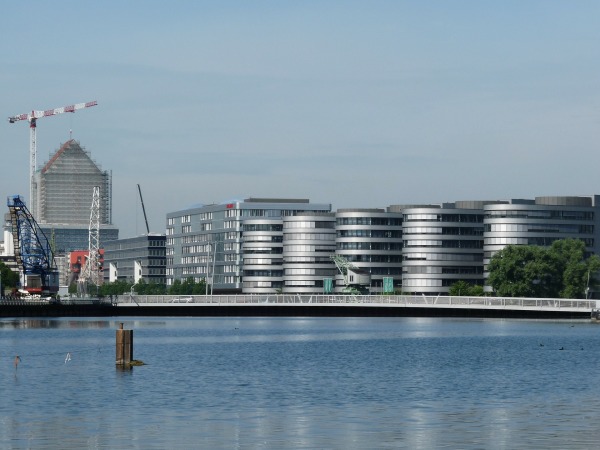
Harbour
Touring the biggest inner harbour in the world in Duisburg allows you to enjoy the international flair of big harbours. In the heart of Europe and in the Centre or the Ruhr Metropolitan Area many ships drop anchor that travel the world’s seven seas. Its promenade along the canals invites to take a long stroll and to visit museums and restaurants. You may also enjoy this special atmosphere by taking a tour around the harbour.
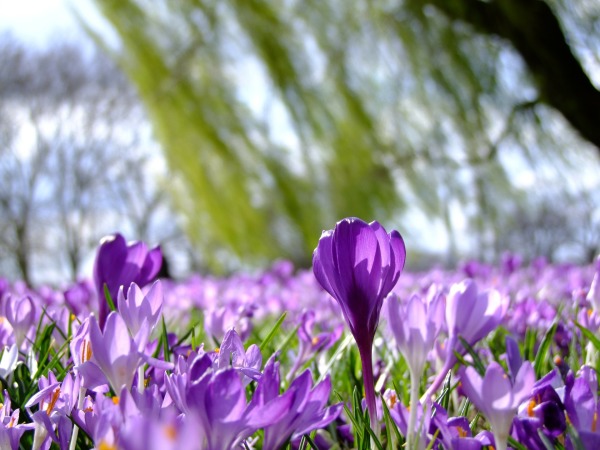
RheinPark
The "Rhein Park" is not far from the city centre of Duisburg and is a real gem, especially for athletic people. There are areas to climb, play basketball, skate, go for a walk and play beach volleyball. It is also great for flying the kite. If you like to relax, you may do so on the 1.4 km long waterside promenade and enjoy the view of the "bridge of solidarity" that is steeped in history, of the Rhein River and the Rheinaue on the other side.
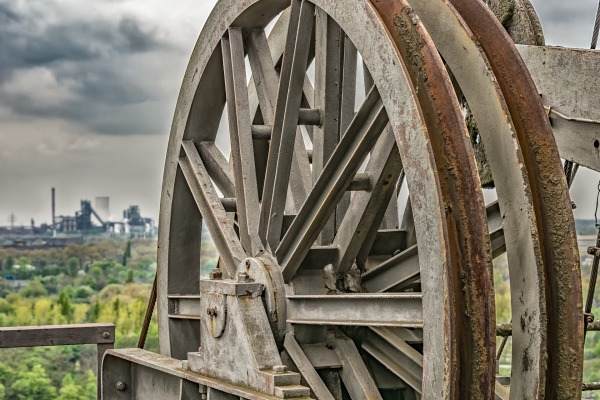
Landschaftspark Duisburg-Nord
This almost globally unique park amalgamates industrial heritage, nature and a light show in a very special way. In the disused smelting works cultural and corporate events take place. Visitors can plumb the depths of Europe’s deepest artificial diving centre, the Gasometer, or scale the heights of the climbing walls in the old ore bins and the high rope course in a former casting house. Those in search of adventure can also explore the site by taking part in various rallies or bicycle tours. From the top of “Hochofen 5” the view is amazing. In the evenings, the light installations in North Duisburg Landscape Park are particularly impressive.
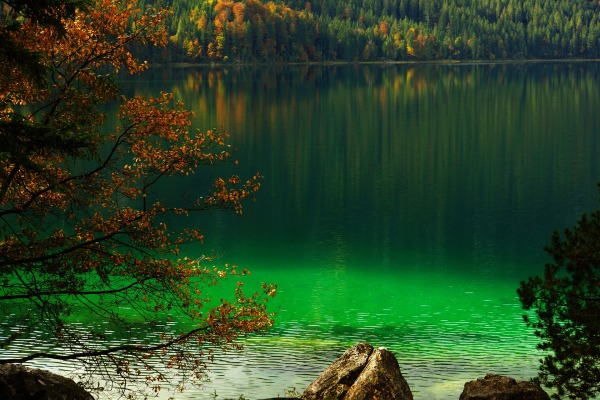
Sechs-Seen-Platte
The "Sechs-Seen-Platte" is an attraction especially in the summer, when you have to decide between open-air swimming, a sports park with a boat race course, opportunities for water ski and wakeboard and illuminated running paths. The stadium of the local football team MSV Duisburg and the ice rink of the local ice hockey team “Duisburg foxes” are worth a visit as well. On the ice rink you can practice your own skating skills, with or without a DJ. Golf courses, as well as barbecue areas complete the choice of leisure facilities at Sechs-Seen-Platte.
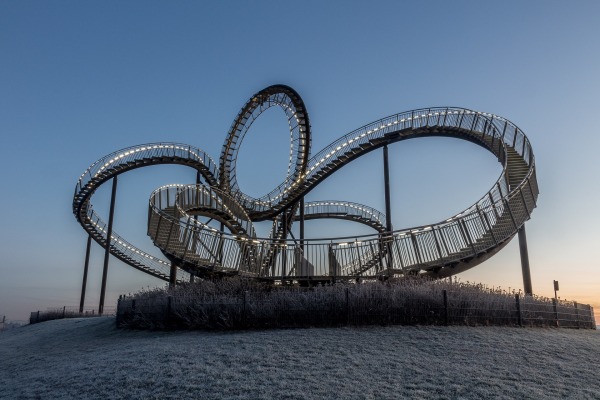
Tiger & Turtle - Magic Mountain
Almost no other landmark is as impressive from afar as the "Tiger & Turtle" – Magic Mountain sculpture by Ulrich Genth and Heike Mutter, situated in the Angerpark Duisburg. This walkable rollercoaster-sculpture was built on a former dump in the south of Duisburg. Climbing the stairs all the way up to the looping is a rewarding experience, since it enables one to see everything from the city centre of Duisburg along the Rhine River up to Düsseldorf. By night this landmark is especially impressive. Then the 880 LEDs paint the coils of the steel sculpture in the night sky. Tiger & Turtle – Magic Mountain can be accessed for free – day and night.
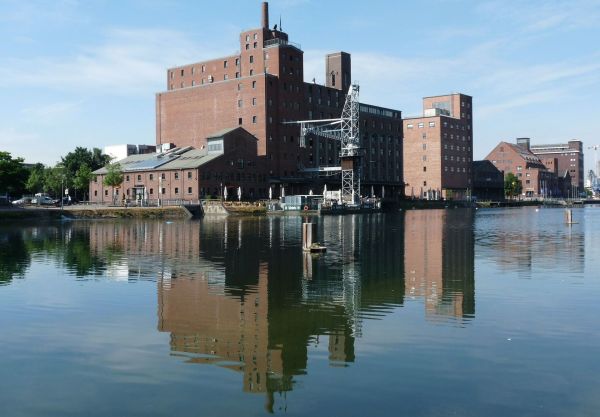
MKM Küppersmühle
The MKM Küppersmühle for Modern Art is one of the biggest private museums in Germany. It is located in the lively inner harbor of Duisburg. In this museum Modern architecture from Herzog & de Meuron meets industrial culture. Visit the museum for exciting exhibitions and one of the most beautiful collections of German art from the 1950s to today, including artwork from Anselm Kiefer to Gerhard Richter. Admission fee Collection: 6€, entire museum: 9€.
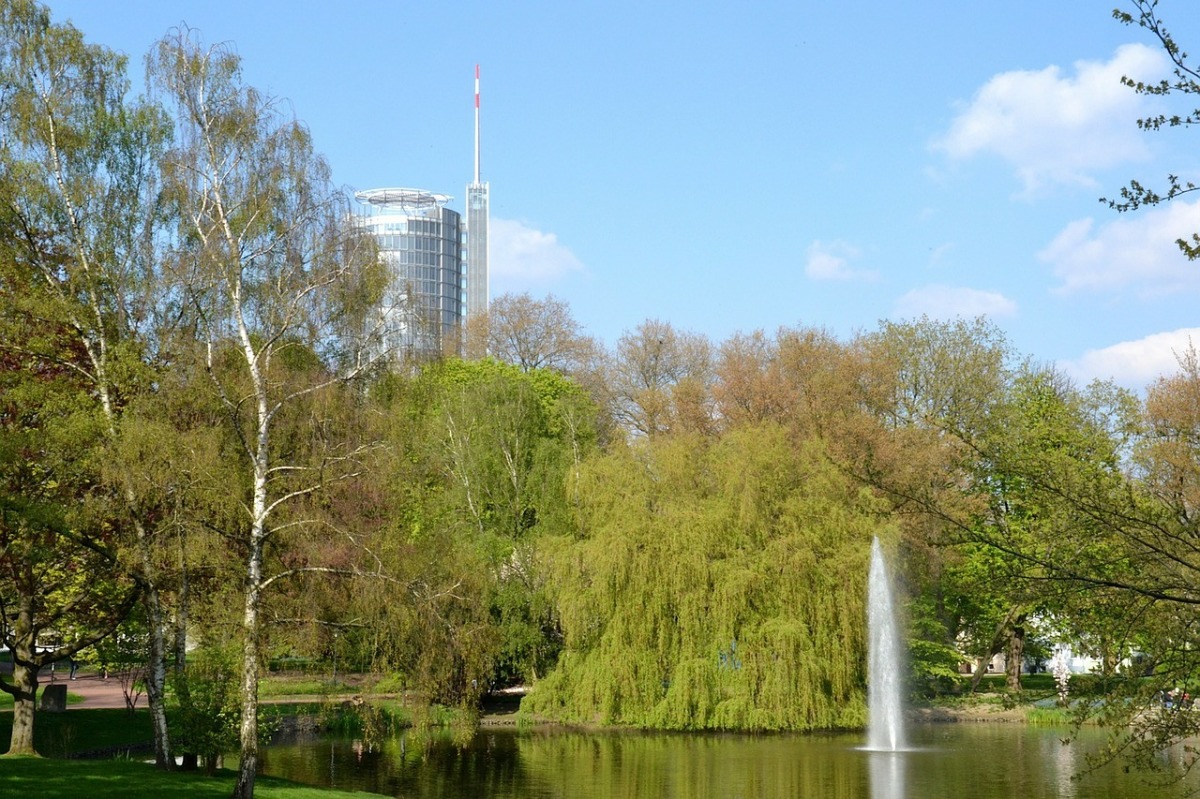
Essen
The City of Essen, whose Gruga sports and concert centre serves as a mecca for exhibition planners and visitors, has much to offer, attracting the visitor and resident alike: the "Domschatz" (cathedral treasure) has been recently renovated, as well as the Alte Synagoge. The Aalto Theatre and the newly constructed Philharmonie provide Essen with two special concert halls and theatres. The city's industrial monuments include the Krupp family home (the Villa Hügel, now a museum and site of intimate concerts), the UNESCO Cultural Heritage Site ‘Zeche Zollverein’ (a disused coal mine) and the historical housing estate Margarethenhöhe. The Baldeneysee (a large lake created by damming the Ruhr River as a water purification project in 1931) and the Gruga Park provide many opportunities for leisure activities in and around the water, such as sailing, hiking, and bicycle riding.
Tourist Information Essen
Kettwiger Str. 2-10
45127 Essen
Phone: 0201 887 23 33
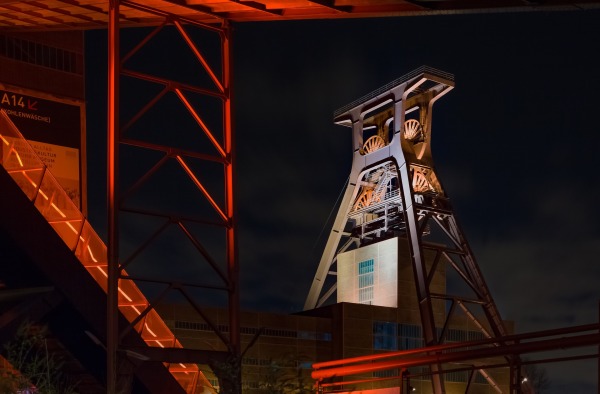
Zeche Zollverein
The Zollverein Coal Mine Industrial Complex ("Zeche Zollverein") is a large former industrial site in the city of Essen. It was active from 1851 to 1986. Today it is an architectural and industrial monument and has been entered into the UNESCO list of World Heritage. Apart from free admission to the site it offers a variety of events, tours and round trips. Furthermore, it has its own park and hosts the Ruhr Museum. There are many tours a day, and one a day available in English.
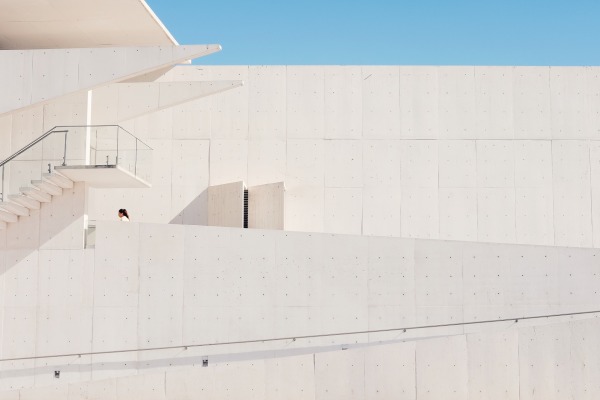
Museum Folkwang
Museum Folkwang is a major collection of 19th- and 20th-century art in the city of Essen. The museum was established in 1902 by Karl Ernst Osthaus. For a long time, it played a pioneering role in modern art. The admission is free. Opening hours are 10 am to 6 or 8 pm each day except for Mondays. There are tours in English available.
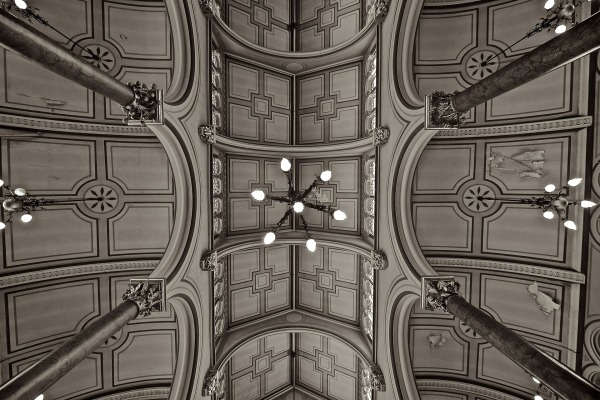
Old Synagogue
The „Old Synagogue“ was one of the largest and most architecturally significant detached synagogues in 20th century-Europe. The permanent exhibitions in this unique cultural monument give an insight into Jewish and German-Jewish history, Jewish contemporary culture, as well as current events. An audio guide with 31 texts for deeper insight is available for free. Admission fee: free.
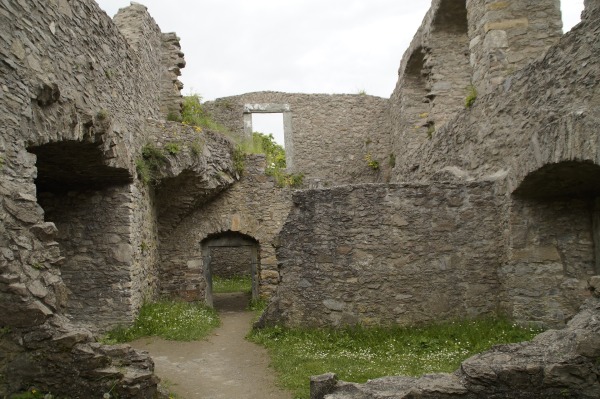
City Quarter Burgaltendorf
In the south-east corner of the city of Essen, near the neighboring cities Bochum and Hattingen, in the city quarter Burgaltendorf there are Romanesque castle ruins. They have the best-preserved residential tower in North Rhine-Westphalia. It is thought to have been built during the second half of the 12th century. The building complex consists of an outer bailey and the main castle with well-preserved circular walls. Both parts were surrounded by a moat in former times. The site can be visited from 3 pm to 5 pm on Saturdays and Sundays during the summer months.
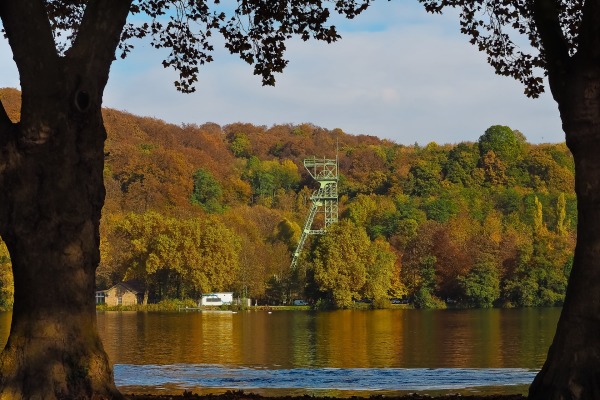
Lake Baldeney
Lake Baldeney, built 1931 as a water reservoir, has been transformed into a recreation area. Sail- and surf-schools invite you to be active while relaxing. The 14.7 km long track around the lake makes it possible to inline skate, ride a bike or go for a walk. Alternatively, you may explore the lake- and Ruhr-river-shore boarding one of the “White Fleet” ships.
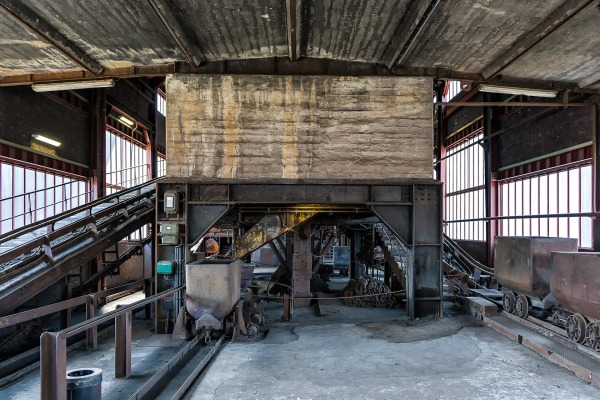
Monument Trail
How did the city develop over the last 1,000 years? And what marks did the age of industrialization leave? The answers to these and many other questions can be found along the Monument Trail, developed by the society "Historischer Verein für Stadt und Stift Essen” in cooperation with the city of Essen. On 35 information panels the fascinating architecture and history of both the city’s many lost and still standing buildings are brought to life. Guided tours along the Monument Trail can be booked at the EMG tourism centre.
